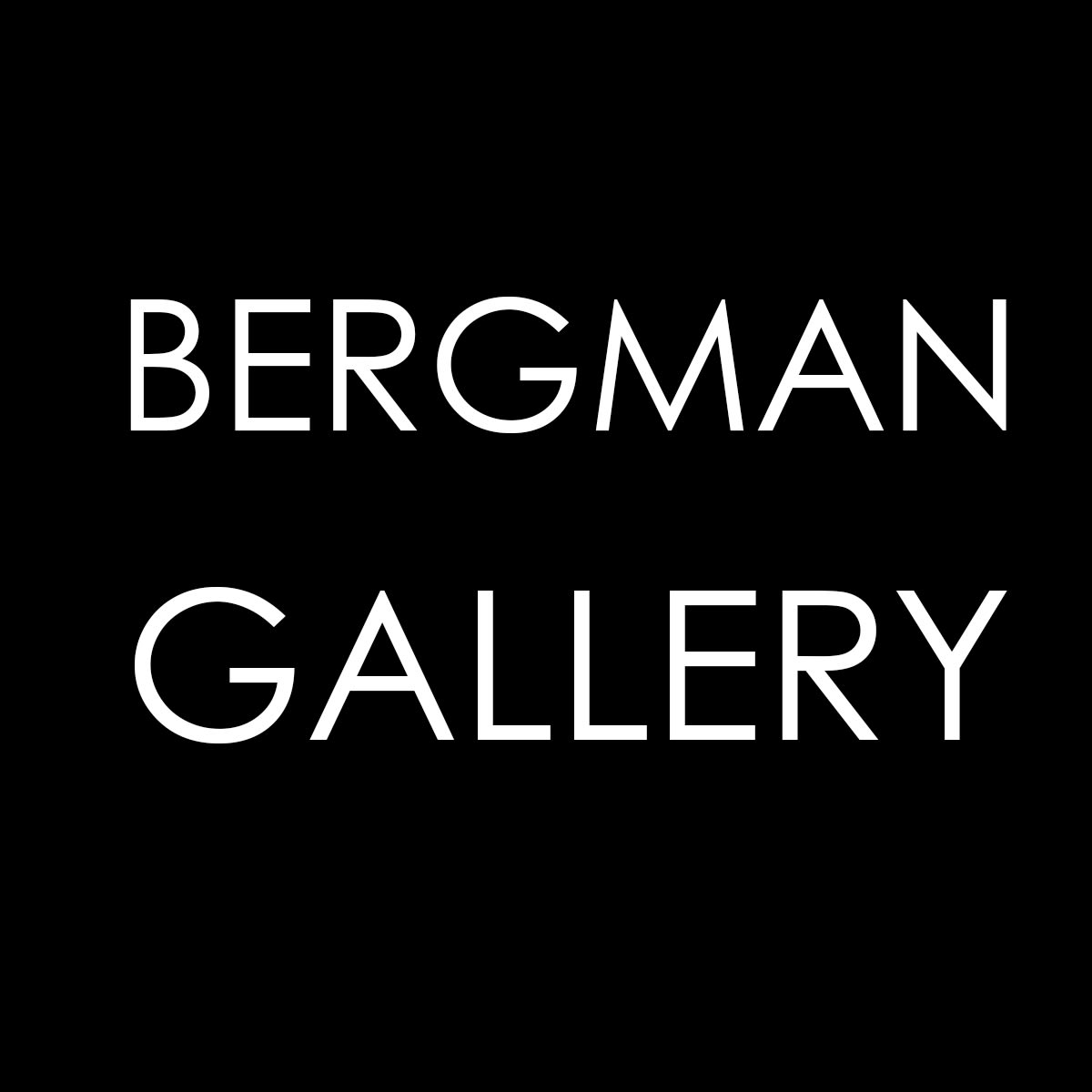Sefton Rani is a full time self-taught artist working out of Piha on the west coast of Auckland, New Zealand. He sees himself as a sculptural painter and views his work as postmodern Pacific art.
He refers to completed works as "urban tapa" or "industrial tapa" which is influenced by the marks and forms of traditional tapa, carving, tattoo and tivaevae. Informed by these narratives and imagery, he uses modern materials, methods and motifs to reflect and share his own ideologies, identity and imagination.
His work is primarily created with solidified paint skins which he uses to investigate the materiality of paint and how far it can be pushed. The paint skins, which are formed on glass, plastic or objects, once dry, are peeled off and enhanced with various materials and methods. It is then collaged onto surfaces, or simply allowed to float on the wall as an object.
The work often utilises text, found objects, combustion and natural pigments such as pounamu (greenstone) dust, charcoal or rust. These aesthetics enable him to 'paint time' and allow the historical journey of the media to enhance the visual value of each piece created.
He encourages the apparent aging of his work surfaces to show the history and journey of both the materials and of the migrant Pacific people whose artistic traditions strongly influence his work.
Sefton's time spent working in a paint factory and observing the build-up of paint and detritus is a key reason for using this unusual material and methodology. It is in this environment he saw fellow Pacific Island people working in manual jobs to support their families. Factories had become the new plantations of the Pacific people transplanted into this new urban environment and his work focuses on doing justice to the fact that their labour is also a material with value.

